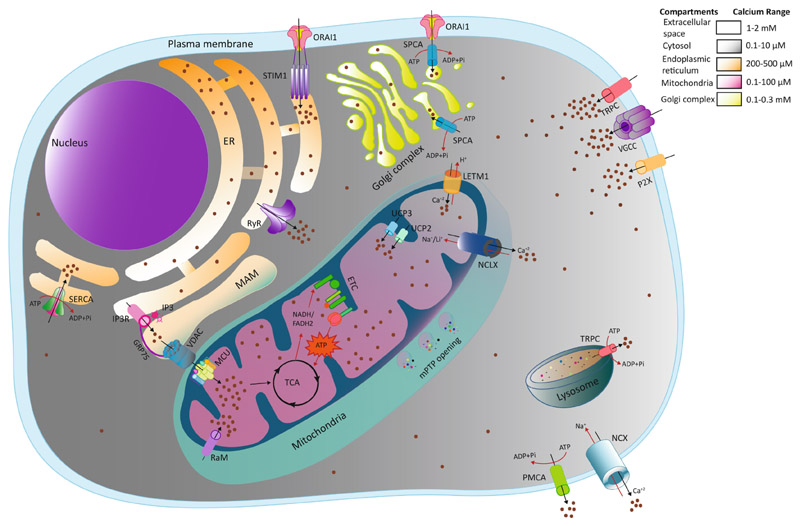Fig. 1. Model depicting cellular calcium trafficking.
Calcium migrates from the extracellular matrix (high Ca2+ concentration) to cytosol (low Ca2+ concentration) across plasma membrane via Voltage-Gated Calcium Channels (VGCCs), Transient Receptor potential Channels (TRPs) and Purinergic receptors (P2Xs). Intracellular stores like ER replenish the depleted Ca2+ level directly through plasma membrane transport via the ORAI1-STIM1 complex, otherwise known as Store-operated Calcium Entry (SOCE). Sarco-Endoplasmic Reticulum Calcium ATPase (SERCA) also maintains the basal ER Ca2+ level by ATP-dependent Ca2+ efflux from the cytoplasm. Likewise, Golgi apparatus restores their Ca2+ store via Secretory Pathway Calcium ATPase (SPCA) from extracellular milieu as well as cytoplasm. Lysosomes use transient receptor potential channels (TRPC) for Ca2+ transport. Ca2+ transport between ER and mitochondria occurs in a highly organized manner through Mitochondrial Associated Membranes (MAMS). IP3 receptor (IP3R) mediated Ca2 + release from ER is sensed and uptaken by mitochondrial Voltage-Dependent Anion Channel (VDAC) and MCU across mitochondrial OMM and IMM respectively. In the mitochondrial matrix, Ca2+ plays a major role in cellular metabolism and oxidative phosphorylation to generate ATP required for innumerable cellular processes. However, some other transporters or modes are known to transport Ca2+ into mitochondria like uncoupling proteins 2 and 3 (UCP2 and UCP3), leucine zipper-EF-hand-containing transmembrane protein1 (LETM1) and rapid uptake mode (RaM). To overcome the increase in mitochondrial calcium concentration, efflux occurs through the Na+/Ca2+/Li + exchanger (NCLX) across the mitochondrial membrane. Unchecked Ca2+ overload in mitochondria leads to loss of mitochondrial membrane potential (MMP), the opening of mitochondrial permeability Transition Pore (mPTP) and release of apoptotic stimuli. Cytosolic Ca2+ returns to its basal level by efflux through Na+/Ca2+exchangers (NCX) and Plasma Membrane Calcium ATPase (PMCA) pump. The range of Ca2+ concentrations (from resting to stimulated) in different cellular compartments are indicated in color-coded gradients. Abbreviations: IP3: Inositol 1, 4, 5 Triphosphate; MCU: mitochondrial Calcium Uniporter; OMM: Outer Mitochondrial Membrane; IMM: Inner Mitochondrial Membrane; ATP: Adenosine Triphosphate.

